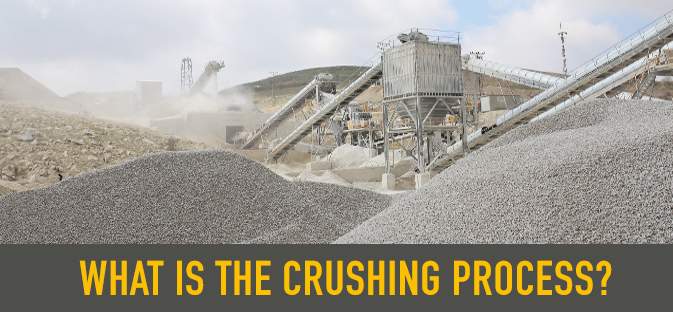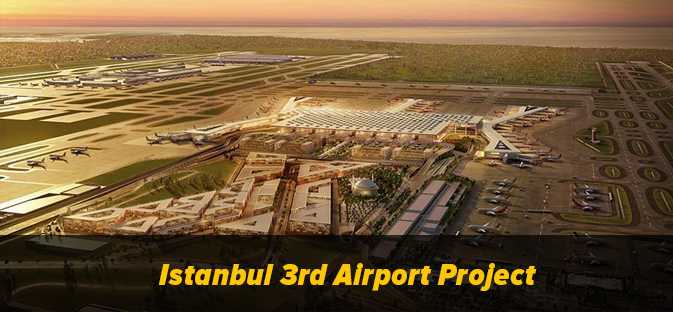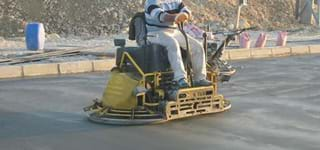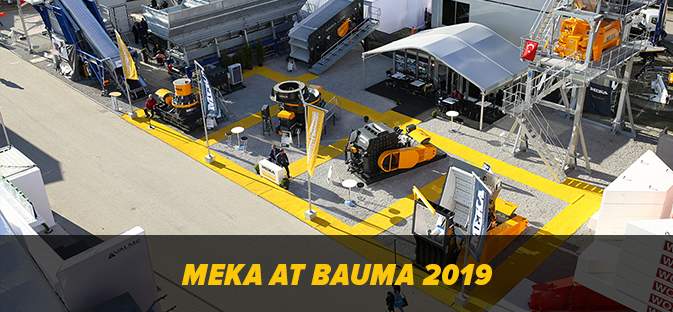-
PRODUCTS

-
Ready Mix Concrete Plants
- READY MIX CONCRETE PLANTS HOME
- MOBILE CONCRETE BATCHING PLANTS
- COMPACT CONCRETE BATCHING PLANTS
-
STATIONARY CONCRETE BATCHING PLANTS
- STATIONARY CONCRETE BATCHING PLANTS HOME
- K60 STATIONARY CONCRETE BATCHING PLANT
- K90 STATIONARY CONCRETE BATCHING PLANT
- K120 STATIONARY CONCRETE BATCHING PLANT
- K135 STATIONARY CONCRETE BATCHING PLANT
- K145 STATIONARY CONCRETE BATCHING PLANT
- K160 STATIONARY CONCRETE BATCHING PLANT
- K200 STATIONARY CONCRETE BATCHING PLANT
- DRY BATCH CONCRETE BATCHING PLANTS
- PRECAST CONCRETE BATCHING PLANT
- RCC CONCRETE BATCHING PLANTS
- Concrete Mixers
- Concrete Plants Components
-
After Sales Services and Spare Part
-
Concrete Batching Plant Automation System


MEKA Global has been a leading manufacturer of concrete batching plants, equipment, and crushing and screening solutions -
Ready Mix Concrete Plants
- CORPORATE
- NEWS
- CONTACT
What Is The Crushing Process

Crushing is the process of size reduction of ore. Size reduction process begins with usage of explosives at the area for production of ore. In later stages, the size reduction process performed with crushers before grinding in mills is called "crushing". Although there is no limit set, the downsizing process over 3 mm is considered as "crushing" and the ones below 3 mm are considered "grinding". Even though the ore is reduced below 3 mm with conical and some impact crushers, this process is called crushing.
The process of size reduction is defined by below conversion formula:
The ore whose size will be reduced + Energy = Reduced-size ore + Sound + Heat
The net energy used in size reduction is calculated by subtracting the energy transformed into sound and heat from the total energy consumed. Bake argued in 1964 that the energy spent on size reduction was only 0.6% of the total energy, and Austin’s estimate was less than 3%.
Although these ratios are not exact, it is a known fact that the energy spent in the size reduction process is a very small proportion of the total energy spent for this purpose.
Grinding is the last stage of the size reduction process after crushing. Grinding is carried out to free the different minerals contained in the ore, to provide the appropriate size and surface area for the enrichment process or the intended use. The grinding process can be dry or wet depending on the enrichment process, different grinders are used for proper grinding purpose.



